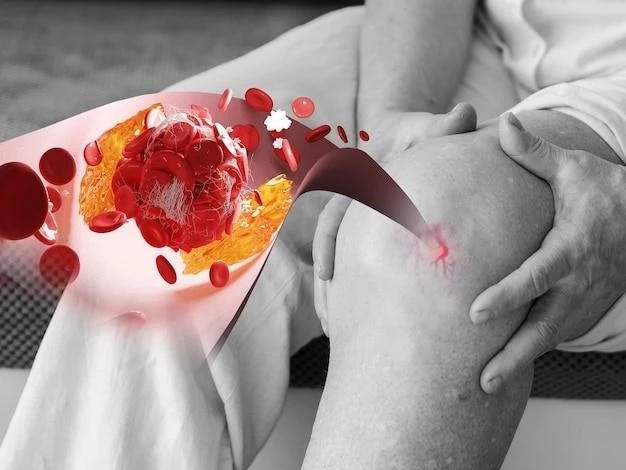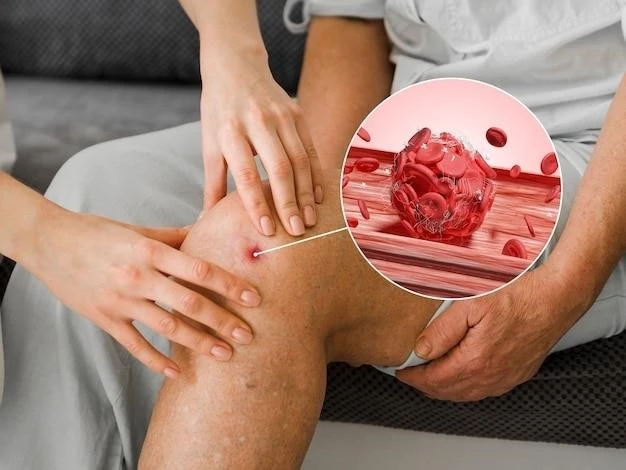Article Plan⁚ Disease ‒ Pityriasis Rubra Pilaris
Overview of Pityriasis Rubra Pilaris
Pityriasis rubra pilaris (PRP) is a rare inflammatory papulosquamous skin disease characterized by reddish-orange scaling patches and thickening of the palms and soles. The disorder may present with thickened bumps around hair follicles and can manifest in various clinical forms. Classified into multiple subtypes‚ PRP poses diagnostic and therapeutic challenges due to its poorly understood pathogenesis and variable clinical presentations. While the cause of PRP remains unknown‚ genetic and autoimmune factors are believed to play a role. Treatment options for PRP are limited‚ with biologics showing promise as an off-label therapy. PRP can significantly impact an individual’s quality of life‚ causing discomfort‚ pain‚ and cosmetic disfigurement. It is crucial to differentiate PRP from other skin conditions like psoriasis‚ as timely diagnosis and management are essential for managing this chronic skin disorder.
Clinical Manifestations of Pityriasis Rubra Pilaris
Pityriasis rubra pilaris (PRP) presents with reddish-orange scaling patches and thickening of the palms and soles. It manifests as keratotic follicular papules and can cause discomfort‚ itching‚ and cosmetic concerns. PRP may vary in clinical forms‚ affecting individuals of all ages with different subtypes. This rare skin disease may also involve islands of sparing on the skin. PRP is often underdiagnosed due to similarities with other skin conditions like psoriasis. The disease significantly impacts the quality of life of affected individuals‚ warranting accurate diagnosis and appropriate management.
Histopathology and Pathogenesis

Pityriasis rubra pilaris (PRP) is a rare chronic skin disorder with distinct histopathological features‚ including regular acanthosis‚ psoriasiform hyperplasia‚ and thickened horny layers. The exact pathogenesis of PRP remains unclear‚ although genetic and autoimmune factors are suspected to contribute to its development. The disease is classified into multiple subtypes based on clinical presentation‚ each sharing common histopathologic characteristics. Diagnosis of PRP often involves histological examination to differentiate it from other skin conditions like psoriasis. Further research is needed to unravel the underlying mechanisms leading to the manifestation of PRP.
Subtypes and Classification

Pityriasis rubra pilaris (PRP) is categorized into several subtypes‚ including classical adult type‚ atypical adult type‚ classical juvenile type‚ and more. Each subtype presents with unique clinical features such as reddish-orange scaling patches‚ keratotic follicular papules‚ and palmoplantar keratoderma. These classifications aim to help in diagnosing and managing PRP effectively. Understanding the distinct subtypes of PRP is crucial in providing personalized treatment approaches and improving outcomes for individuals affected by this rare inflammatory skin disorder.
Treatment Options and Therapies
Pityriasis rubra pilaris (PRP) is a rare inflammatory skin disease that often poses challenges in treatment. The off-label use of biologics‚ such as anti-tumor necrosis factor and anti-interleukin agents‚ has shown efficacy in managing PRP. However‚ conventional therapies are still limited. Biologic treatments have been instrumental in improving the symptoms and prognosis of individuals with PRP. Understanding the available treatment options and the evolving landscape of biologic therapies is essential for dermatologists managing patients with this challenging skin disorder.
Impact on Quality of Life
Pityriasis rubra pilaris (PRP) can significantly affect the quality of life of individuals due to symptoms like discomfort‚ itching‚ pain‚ and cosmetic disfigurement. The condition’s chronic nature and variable clinical presentations may lead to emotional distress and physical limitations‚ impacting daily activities. PRP’s rarity and resemblance to other skin disorders can also result in misdiagnoses‚ delaying appropriate treatment and exacerbating its effects on the individual’s well-being. Managing PRP effectively is crucial in improving the overall quality of life for those affected by this challenging skin disease.
Differential Diagnosis and Research Directions
When diagnosing pityriasis rubra pilaris (PRP)‚ healthcare providers need to differentiate it from conditions like psoriasis‚ eczema‚ and fungal infections that share similar symptoms. PRP’s resemblance to other skin disorders often leads to misdiagnoses‚ highlighting the importance of accurate differential diagnosis. Research in PRP focuses on understanding its complex pathogenesis‚ identifying potential genetic and autoimmune factors‚ and exploring innovative treatment modalities‚ particularly in the realm of biologics. Advancements in research are crucial for enhancing diagnostic accuracy and therapeutic outcomes for individuals with PRP.
